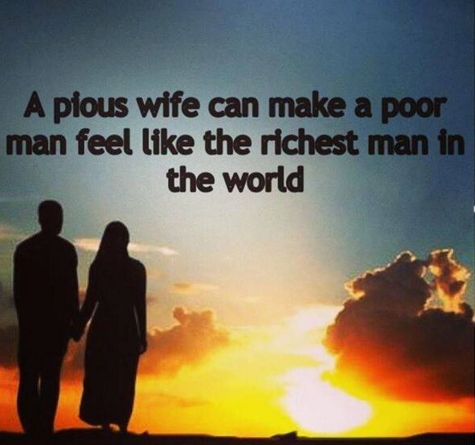
According to Hinduism, marriage between two souls is a very sacred affair that stretches beyond one lifetime and may continue up to at least seven lives. The relationship between the two does not necessarily have to begin only when they have attained birth as human beings. The gender of the two partners also does not have to be the same in all the births. As the stories in the Puranas confirm, two individual souls may come together any time during their existence upon earth, even when they assume a lower life form, such as that of any animal or bird, and carry forward their relationship further into higher life forms such as that of human beings. Once married, a couple are expected to uphold their family names by remaining faithful and truthful to each other and by enacting their respective roles as laid out in the Hindu law books. As the epic Ramayana and the Mahabaharata illustrate, a couple ought to stick together through the ups and downs of life, however challenging and arduous the situation may be, taking care of each other and keeping faith in each other.
Hindu marriage harmonizes two individuals for ultimate eternity, so that they can pursue dharma (Truth), arth (meaning), and kama (physical desires). It is a union of two individuals as spouses, and is recognized by liveable continuity. In Hinduism, marriage is followed by traditional rituals for consummation. In fact, marriage is not considered complete or valid until consummation. It also joins two families together. Favorable colours are normally red and gold for this occasion.
The use of jathakam or Janam Kundali (astrological chart at the time of birth) of the son/daughter to match with the help of a priest is common, but not universal. Parents also take advice from the brahman called 'Jothidar' in Tamil or 'panthulu or siddanthi ' in Telugu and Kundali Milaan in northern India, who has details of many people looking to get married. Some communities, like the Brahmans in Mithila, use genealogical records ("Panjikas") maintained by the specialists.
Jatakam or Kundali is drawn based on the placement of the stars and planets at the time of birth. The maximum points for any match can be 36 and the minimum points for matching is 18. Any match with points under 18 is not considered as an auspicious match for a harmonious relationship but still it depends liberally on people they can still marry. If the astrological chart of the two individuals (male and female) achieve the required threshold in points then further talks are considered for prospective marriage. Also the man and woman are given a chance to talk and understand each other. Once there is an agreement then an auspicious time is chosen for the wedding to take place.
In recent years, with the onset of dating culture in India, arranged marriages have seen a marginal decrease, with prospective brides and grooms preferring to choose a spouse on their own and not necessarily only the one whom their parents find agreeable; this has been more pronounced in urban and suburban areas than rural regions. Today the culture of marriage among Hindus is such new concept of Love-Arrange Marriage or Arrange-Love Marriage.
Hindu marriage harmonizes two individuals for ultimate eternity, so that they can pursue dharma (Truth), arth (meaning), and kama (physical desires). It is a union of two individuals as spouses, and is recognized by liveable continuity. In Hinduism, marriage is followed by traditional rituals for consummation. In fact, marriage is not considered complete or valid until consummation. It also joins two families together. Favorable colours are normally red and gold for this occasion.
Jathakam role in Marriage
The use of jathakam or Janam Kundali (astrological chart at the time of birth) of the son/daughter to match with the help of a priest is common, but not universal. Parents also take advice from the brahman called 'Jothidar' in Tamil or 'panthulu or siddanthi ' in Telugu and Kundali Milaan in northern India, who has details of many people looking to get married. Some communities, like the Brahmans in Mithila, use genealogical records ("Panjikas") maintained by the specialists.
Jatakam or Kundali is drawn based on the placement of the stars and planets at the time of birth. The maximum points for any match can be 36 and the minimum points for matching is 18. Any match with points under 18 is not considered as an auspicious match for a harmonious relationship but still it depends liberally on people they can still marry. If the astrological chart of the two individuals (male and female) achieve the required threshold in points then further talks are considered for prospective marriage. Also the man and woman are given a chance to talk and understand each other. Once there is an agreement then an auspicious time is chosen for the wedding to take place.
In recent years, with the onset of dating culture in India, arranged marriages have seen a marginal decrease, with prospective brides and grooms preferring to choose a spouse on their own and not necessarily only the one whom their parents find agreeable; this has been more pronounced in urban and suburban areas than rural regions. Today the culture of marriage among Hindus is such new concept of Love-Arrange Marriage or Arrange-Love Marriage.




